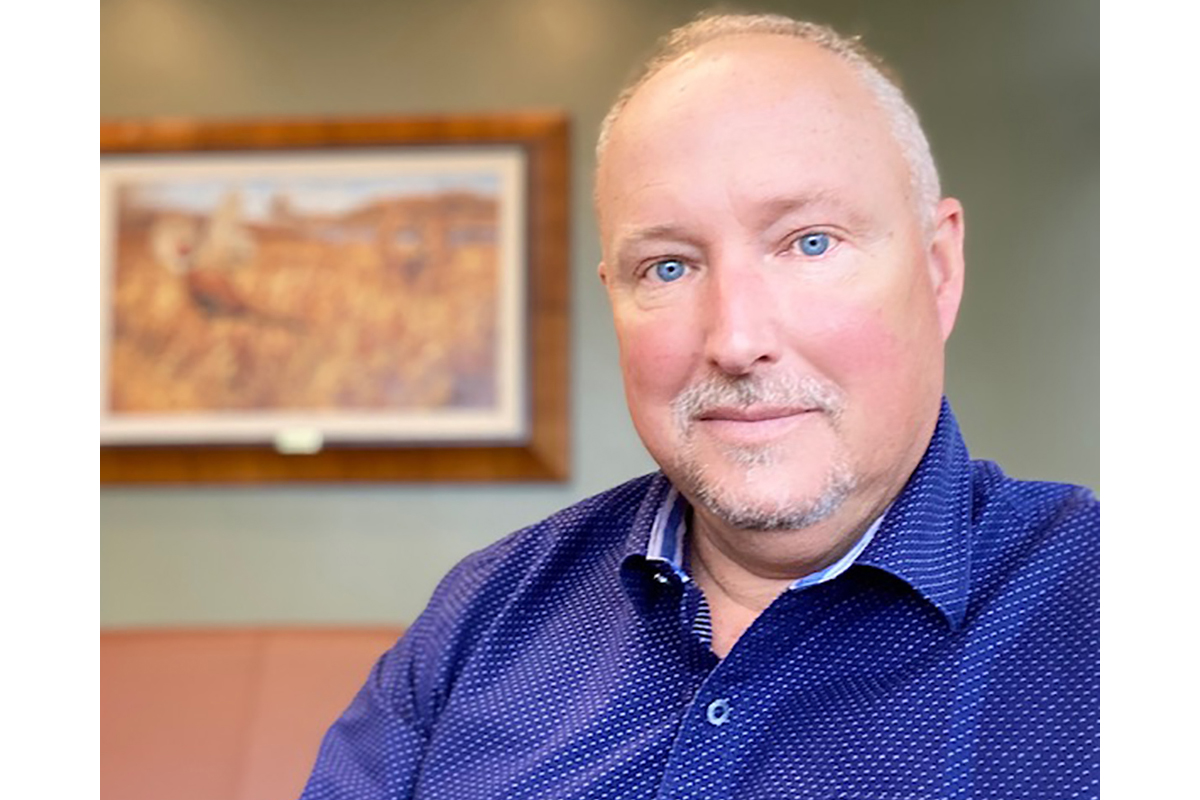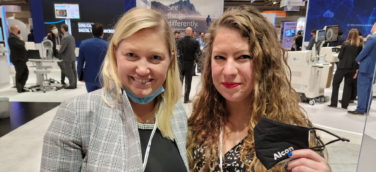In late 2017, Discovery Labs was at the brink of falling apart. The company’s investors pulled out after Aerosurf, its sole remaining asset being developed as a treatment for premature infants with respiratory distress syndrome, failed to meet its endpoints in a Phase IIb study. That left the company with no funding and about $39 million in debt and obligations. Having taken over as CEO in early 2016, it was up to Craig Fraser to right the ship. PM360 asked Fraser about the difficult decisions to get the now-called Windtree Therapeutics where it is today.
PM360: After your investors pulled out, how were you able to keep the company afloat?
Craig Fraser: It was a difficult time given we were a single-program company with that level of set-back and significant obligations with only about $2 million in cash. However, we had a team with grit and determination that hung together and essentially refused to accept failure. First, we executed a licensing for Asia with Lee’s Pharm, a company that also believed in the assets. Business development partnerships can be more than just non-dilutive value, and at times can help you “bail water”—not just row.
Utilizing our partnership strategically, I met with their CEO Dr. Benjamin Li and laid out a plan for us to survive and secured a share purchase to bring in much needed cash. Simultaneously, we negotiated a debt-retirement of $25 million for $2.5 million in cash and late-stage regulatory and commercial program milestones with the healthcare fund that carried this debt and security to remove that obligation and barrier for fundraising. This helped us stabilize; however, we needed to get back to executing and building a business.
In addition to securing new financing, the company also rebranded to Windtree and expanded its portfolio to include cardiovascular assets. What were the reasons behind those decisions?
After stabilizing the company, we looked toward sustainment and growth, which meant we had to bring in additional capital. Importantly, part of our strategy had been to expand our portfolio to diversify risk and leverage the highly experienced team. We were now more passionate than ever to do more to create value.
During a trip to Hong Kong and Shanghai, I asked Dr. Li to introduce me and our CMO, Steve Simonson, to some of his investor contacts. In one of these meetings with James Huang, a director at KPCB who was starting his own fund, we became aware of a private company called CVie Therapeutics. James and other top investors felt CVie had good product assets but would benefit from a team like ours to develop them globally, do deals, and build value.
After due diligence, we liked what we saw—particularly with istaroxime and the follow-on heart failure assets. We worked on a merger and acquisition to fold CVie into Windtree and, importantly, a simultaneous insider-led $39 million financing to strengthen the companies. After completing these transactions, we essentially started as a new company with multiple attractive late-stage programs and a strengthened balance sheet.
During this entire period of readjustment, what was the most difficult decision you had to make?
Some of the most difficult decisions involved people—downsizing staff, organizational structuring, and preserving cash. When you are in a small company, things are even more personal. Some difficult calls needed to be made and we did our best to treat people as well as we could while also keeping the business needs, strategy, and talent retention reflected in these decisions.
At the most difficult point in 2017, we told our team we reached another point where we would need to eliminate a couple more positions or do something else with salaries. Everyone elected to defer a set portion of our salaries for a quarter to forgo any new cuts. We did not lose one person. That’s the type of team and culture we have and the belief and dedication to the mission.
What is the current state of Windtree and what’s next for the company?
We are very busy executing on three active advanced clinical programs and a pipeline in acute and chronic heart failure, acute pulmonary care, and genetically associated hypertension markets. This has set up multiple short-term milestones for the company and our shareholders. The clinical programs are focused on significant markets with high unmet needs with supportive regulatory paths such as FDA Fast Track and Orphan Drug Designations, and one program may even have the potential for a Breakthrough Designation.
With our lead candidate, istaroxime, we are preparing for the start of the next acute heart failure study leveraging the learning’s from our positive Phase 2a and Phase 2b studies. Meanwhile, another program focused on studying Early Cardiogenic Shock completes before the end of year and can be an important catalyst. Also, given all our history and many preclinical and clinical studies in various acute respiratory disorders, COVID-19 was a call to action for us. We are currently executing a pilot study with our KL4 surfactant in COVID-19 patients on ventilators with ARDS and expect to complete this study and have data before the end of the year.
Looking back at the decision that got you to this point, what advice would you offer to other leaders?
As leaders, we are always looking over the next hill, thinking about risks, and mitigating them to the best of our ability. However, we also need to think of potential scenarios and constantly work on “optionality”—creating and staging options and contingencies for when big setbacks happen. In the military, we called this “maintaining freedom to maneuver” when caught in difficult circumstances. Think creatively and differently to find these options and avenues.
Second, when deciding when to license, remember that these and other partnerships can potentially be leveraged to help you beyond deal values. When in tough situations, consider who else believes in what you are doing and who are the stakeholders that can help. Consider this factor in your business development strategies.
Then, the most important dimension is people and culture. Put energy into that with high communication aimed at inspiring a vision while being very transparent and honest. For us, it was most about grit, perseverance, focus, and being a close team. We stayed focused on the idea that Windtree would someday have a lot of success, help a lot of patients, and that we would be the long-time employees telling new employees about the days of trying to figure out payroll—and wearing that history like a badge of honor. I think we are on our way.









